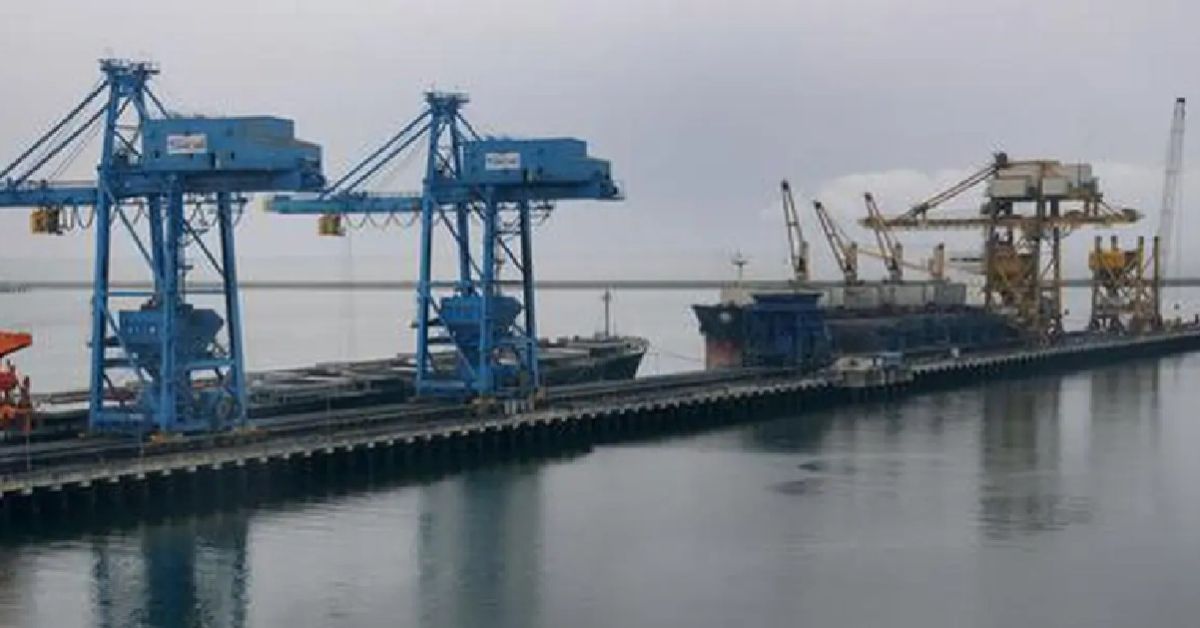Kamarajar Port has stepped up efforts to promote the use of its shore power supply facility, encouraging vessels to switch from diesel-powered auxiliary engines to cleaner electricity while berthed. The initiative is part of India’s broader push towards greener port operations.
Commissioned in November 2024 at a cost of ₹20.5 crore, the system delivers 500 KW, 400V power at 50–60 Hz to vessels at Coal Berths 1 and 2, primarily used by TANGEDCO and NTPC Tamil Nadu Energy Company Ltd (NTECL). Instead of running onboard engines during loading, ships can now draw electricity to power their systems, significantly reducing emissions and fuel consumption.
According to Kamarajar Port Limited (KPL), the project was executed under the Government of India’s Harit Sagar Green Port Guidelines, with work beginning in 2023 and completed in just one year. So far, one vessel has been retrofitted to use shore power, and KPL is engaging with others to follow suit. The port has also urged TANGEDCO to instruct shipowners to adopt the facility on a trial basis.
With Paradip Port also preparing similar infrastructure, KPL is coordinating efforts to establish a green corridor for coal shipments along the Paradip–Ennore route. The Ministry of Ports, Shipping and Waterways is backing the initiative as a pilot project.
Adoption, however, faces hurdles as shipowners weigh the administrative costs of retrofitting. KPL maintains that the retrofitting can be done during docking and stresses that long-term operational and environmental gains far outweigh upfront expenses.
In March 2025, the Directorate General of Shipping issued a circular standardising shore-to-ship power supply across Indian ports. It mandated that by 2030, foreign-flag and international cargo vessels must use shore power at Indian ports, with full adoption across all vessels targeted by 2035.









